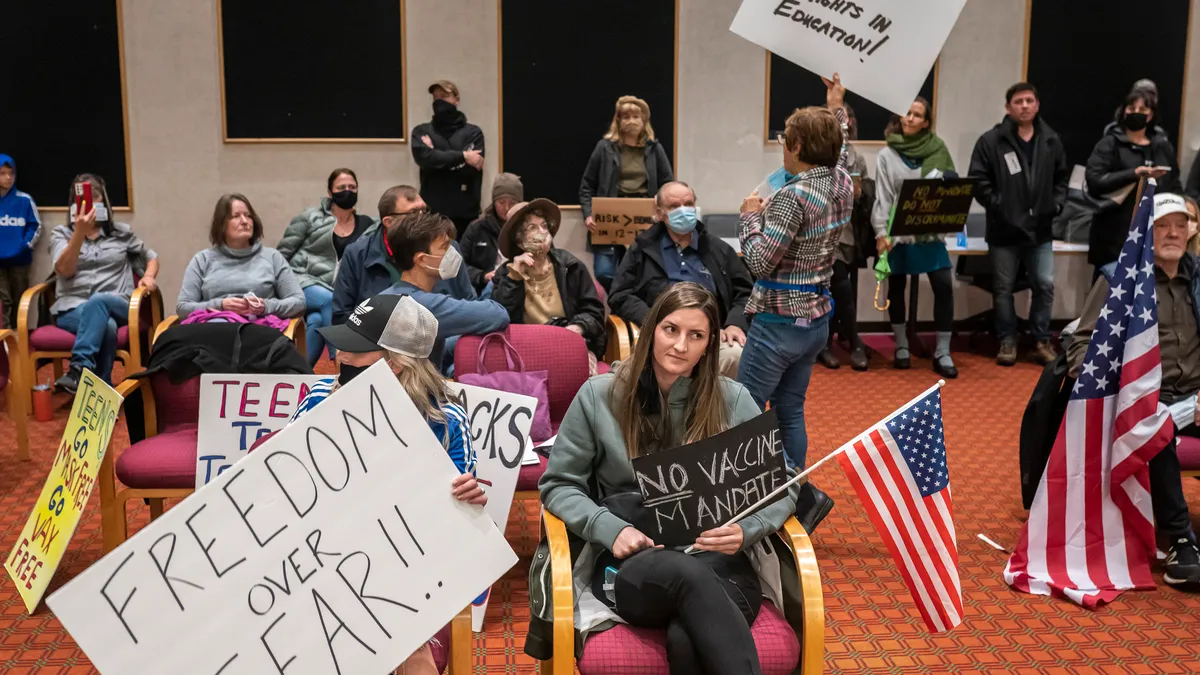Dive Brief:
- As schools nationwide face the determination of Additional Targeted Schools (ATS) for the first time since the implementation of the Every Student Succeeds Act (ESSA), some states may see this descriptor applied to 30% to 70% of their schools, although the Center for Assessment estimates that many states will be below the 30% threshold, Education Week reports.
- The numbers will likely be this high because, while Targeted Support and Improvement (TSI) schools represent only the bottom 5% of Title I schools in the state, ATS schools may appear to do well overall but will represent schools that have at least one targeted subgroup, such as special education, racial categories or English learners, which fall in the bottom 5% of performance measures. While some state ESSA plans limit these numbers by requiring that ATS schools also fall into the TSI category, states that don’t stipulate this limitation are likely to have significantly more schools fall in the ATS category.
- Schools in the ATS category will need to create plans that examine the types of resources that the targeted groups are receiving and craft viable solutions to address the issues within a certain number of years set by each state, but not to exceed four years. Schools that don’t improve within that time frame will be targeted for more intensive comprehensive supports as set by the state.
Dive Insight:
ESSA’s new focus on improving equity measures, and making sure that some student populations are not being ignored in the attempt to improve overall outcomes, means that some schools that have not required intervention in the past may now be targeted. Because ESSA allows each state greater input into selection and intervention strategies than in the past, the number of schools that may fall into the ATS category may vary greatly depending on the state rules used in identification.
Some targeted subgroups, such as special education and English learners, may have a bigger impact on these determinations, especially in districts where these areas of instruction are weak or where school districts may lack adequate teachers to meet these needs, especially where there are shortages. However, the new approach will also force states to invest more resources in improving instruction in these areas as well.
In some areas of the country, certain racial groups may have received fewer resources in the past because of funding inequities and these issues will likely receive greater attention and more proactive solutions under ESSA regulations. The new ESSA rules also now require schools to focus attention on student populations that have not received as much attention as in the past. These groups include homeless students, students in foster care and children of active duty military personnel.
This is the first year under the ESSA timeline in which states are required to identify schools for ATS. Schools that don't improve may see increased resources and increased oversight. ESSA also authorizes states to take stronger measures, including state takeover, if that is part of the state ESSA plan. While the new rules require a more intense focus on the performance of subgroups, they also offer schools the opportunity to request more support from the state to help address areas of concern that may not have received as much attention in the past.











